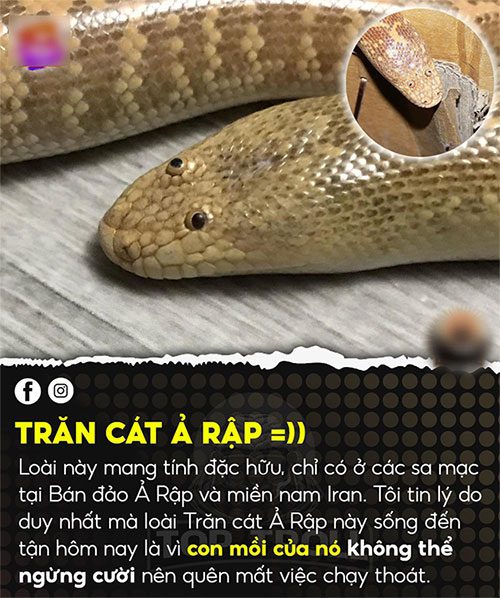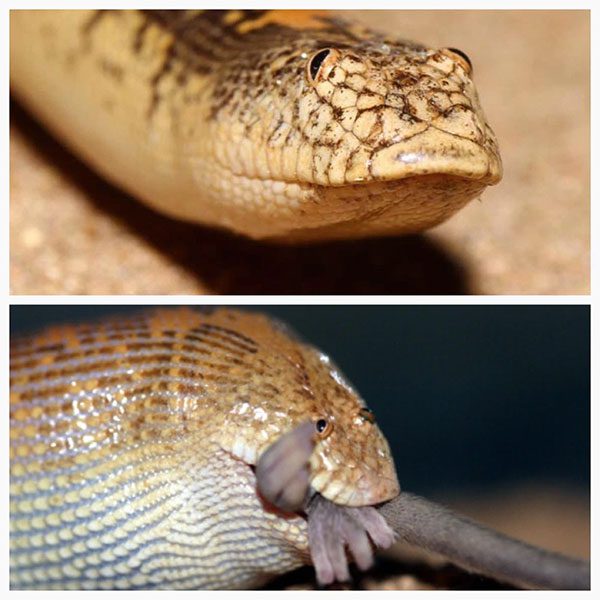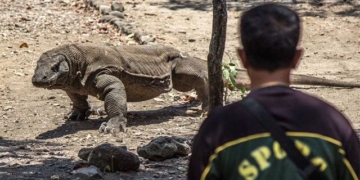Recently, a large Facebook page shared an image of a rather goofy-looking snake that garnered a lot of comments from users (See the image below). The title of the post stated:
“I believe the only reason this Arabian Sand Boa has survived to this day is because its prey can’t stop laughing and forgets to escape.” Of course, this is just a humorous observation, but what is the truth about the snake that makes its prey “unable to stop laughing“?

Arabian Sand Boa. (Image: TOP TROLL)
Arabian Sand Boa (Scientific name: Eryx jayakari) is a species of boa native to the Arabian Peninsula and Iran, where they spend their days buried in sand. It is only at night that these snakes emerge to hunt for food.
With a relatively modest size compared to other boa species (an average length of about 64 cm) and no venom, the Arabian Sand Boa is harmless to humans. They primarily feed on small animals such as lizards, monitor lizards, and rodents.
One unique feature of this snake compared to others is that they lay eggs, and their head shape is quite different from any other boa species. Instead, their uniquely positioned eyes on the top of their head make them look quite… amusing!

The Arabian Sand Boa is relatively small, non-venomous, and harmless to humans.
The head of the Arabian Sand Boa is small and covered with scales, while its snout flares out like a spade. In fact, this shape serves a similar function to help the sand boa dig through the sand to find shelter and ambush.
The body color of the sand boa is bright yellow to adapt to the hot environment and help them camouflage in the sand, with dark stripes (brown or red) running along their body, while the belly surface is colored orange, yellow, or brown.
In the IUCN Red List, they are currently classified as Least Concern.





















































